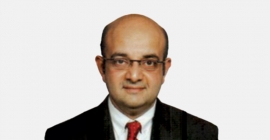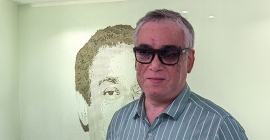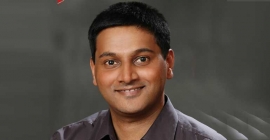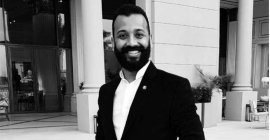‘Transport advertising steers Russian OOH growth’
By Rajiv Raghunath - March 12, 2018
Alexander Epin, Head & Co-Owner of TMG (Transit Media Group), Russia’s largest transit media operator, talks about the company’s outlook on transit media advertising
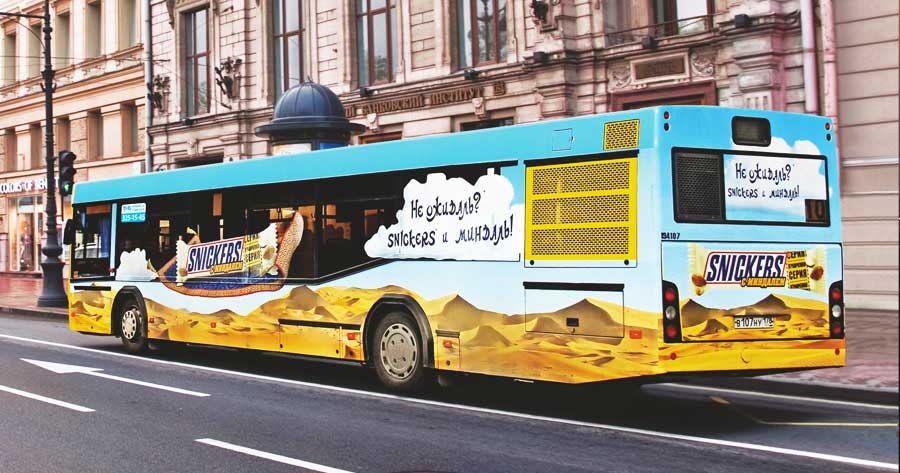
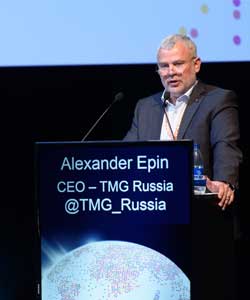 As the largest transit media operator in Russia, how do you ensure the competitiveness of your media vis-à-vis other OOH advertising media / formats? That is, do top brands in Russia consider transport advertising as a first choice media for advertising?
As the largest transit media operator in Russia, how do you ensure the competitiveness of your media vis-à-vis other OOH advertising media / formats? That is, do top brands in Russia consider transport advertising as a first choice media for advertising?
Today, transport advertising is one of the top stable media in Russia. However, it has not been the same from the start. TMG has run advertising on transport in Russia for 25 years now, since 1993. It took us colossal long-term work in the administrative, political and industry arenas to make this administratively dependent medium into a reliable and solid channel.
Market situation has also played a significant role in this. Recent administrative reforms in the static outdoor market that resulted in dramatic decrease of billboards inventory – has also affected the shape of the media landscape. For instance, in Moscow the number of billboards has reduced from 22,000 to 8,500 units. Part of the inventory has been replaced by digital installations which are meant to become the driver of the OOH market growth. However, the number of digital installations in Moscow is about 250 units for the 15-million megapolis. So, the volume of classic segment in the next 5 years will still remain around 64% of the outdoor pie. In keeping with this, public transport advertising gains the new role within the segment. Firstly, because transport reform in a budget-generating city of Moscow has provided us with brand new inventory – the so called Iconic Blue Bus.
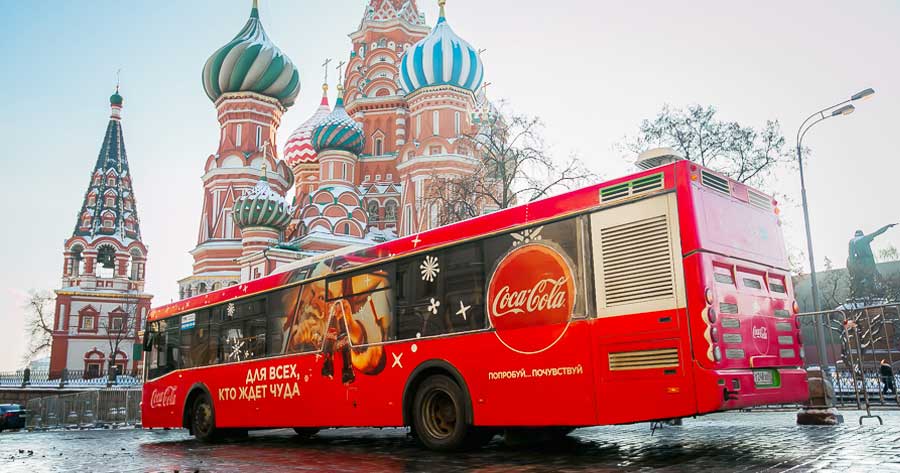 Secondly, with the historical city centres becoming almost free of large outdoor formats, public transport, thanks to its ubiquity, is the only medium that can still deliver up to 45 sq. m. of outdoor advertising right in the main city avenue.
Secondly, with the historical city centres becoming almost free of large outdoor formats, public transport, thanks to its ubiquity, is the only medium that can still deliver up to 45 sq. m. of outdoor advertising right in the main city avenue.
Thirdly, the price range for the static inventory is going up whereas bus advertising is reasonably priced. Thus, top advertisers make sure to include transit in their media mix.
Which are the major advertising categories when it comes to transit advertising?
Top advertisers are similar to the top OOH advertising clients which are financial brands (Sberbank, Loco bank), real estate, telecommunications (operators), retail, tourism and medical services.
Do you see significant growth in transit advertising in Russia? How would you assess TMG’s growth in the last 2-3 years?
Fortunately, since the end of the crisis, Russian OOH market has rebounded with around 10% growth in 2017. Transit segment has strengthened its position and expanded its share from 13% to 17% of the OOH pie. TMG has strengthened its presence and in 2017 saw a 15% growth. We also have high expectations from the transit market in terms of FIFA 2018, as the advertising coordination mechanism is established and TMG is not prohibited to place advertising in the 2km zone around the venue.
What is the average tenure of your transit media rights? Do returns on investment in transit media compare favourably with those from other popular OOH formats in Russia?
As I mentioned, it took many years to establish the current positions of transit advertising and turn it from an exotic format to a transparent and trusted instrument with measurable performance and high attractiveness among the advertisers. Thanks to large-scale research carried out by ESPAR Analytic, transit medium is measured with a single coordinate system with other OOH formats.
A fresh study based on the analytics has proved that including bus advertising in a media mix will maximise efficiency without budget increase as well as reduce costs while maintaining the effectiveness.
Also, as proved by the recent APN “Transit factor” study, moving advertising on bus is twice more effective than a static format.
Do you contract business directly from advertisers, or do you work with specialist agencies?
The answer to this question will differ depending on the city. Russia is a huge country that even exceeds the territory of Pluto. In the megapolis of Moscow the proportion is 60/40 with the superiority of the global net and local advertising agencies. As we move away from the European part and to the smaller towns, the proportion changes in favour of direct contracts.
To what extent do you use digital OOH and technologies in your business?
The cornerstone of our business is a unique in-house developed ASU-Transit software that allows us to successfully run the complex logistics of this fairly sophisticated business. One bus can provide up to 3 different ad surfaces, thus 3 different layouts with different time-frames. Transport inventory is also very diverse. The importance of this software is particularly critical in terms of national campaigns.
TMG covers 250 Russian cities. We have experience in launching a simultaneous campaign for the telecommunication brand Tricolor in 180 cities. Without advanced software it wouldn’t have been feasible taking into account 11 time zones. Hence, short timeframes and high quality service are possible only in the business model fully engaging ground-breaking technologies. One more innovation in our business is a planner of transit advertising campaigns, a new online service on TMG website that is now at your disposal.
As for the digital formats on buses, currently we are elaborating the implementation of digital signage on public transport in Russian Federation. A bus can become an ideal example of targeted advertising in context, transmitting advert depending on the location on its route. Right now we have Coca Cola illuminated bus which is the first step for adopting digital technologies on buses.
Tell us about TMG’s best business practices that may serve as benchmark standards for the industry?
The map of formats is a product of our work and imagination. We proudly offer high quality service because we strictly follow the regulations and coordination process. Besides, we work on development of creative projects with use of transit design features. Among TMG’s special projects there are BTL actions, light extensions, replaceable modules, light A2 VIP, mirror, golden and transparent films on the windows, full wrap of bus seats and creative indoor full wrap. We initiate all research systems in this segment.
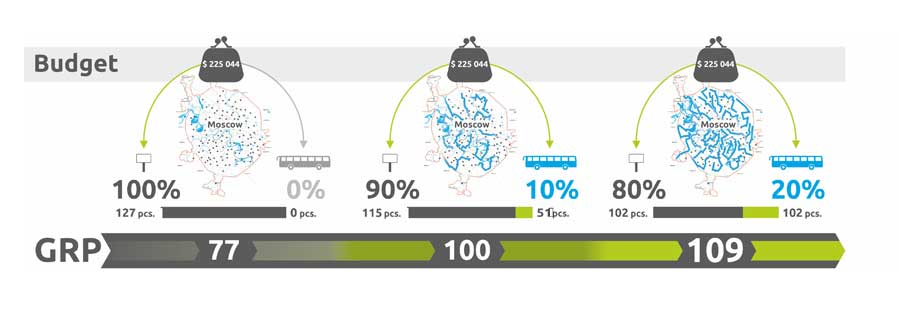 Have you considered extending your business horizon beyond Russia?
Have you considered extending your business horizon beyond Russia?
We have always been open to global cooperation and we are the only FEPE member in Russia. We keep abreast of modern developments of the industry. Also, we have experience in advertising overseas cases for a range of famous brands without any intermediaries.
As our experience shows, this business requires profound specific knowledge and expertise. Yes, we are now formulating business technologies and wrapping them into a franchise product that can be applied abroad, particularly in developing countries.
You have played an instrumental role in organising the Russian OOH Congress. What are the key factors that bring the industry players on a common platform like your Congress?
Actually, since 2005 we have been the organisers of the OOH Congress of the international standard, both in English and Russian languages, with participation of such world-recognised headliners as Tom Goddard, Barry Sayer, Antonio Vincenti and Daniel Cuende. The Congress is supported by FEPE International, ACAR (Association of Communication Agencies of Russia) and such key market players as Russ Outdoor and Gallery.
It is a large high-pro le OOH event (300+ delegates) that gathers owners, top managers, group heads, decision makers of Russian and foreign advertising business, professional associations, clients, operators, agencies and media.
The participants attend our Congress to experience complete immersion into OOH reality, particularly, discussing topical issues, the main trends and innovation in the industry and witnessing heated discussion panels. It is a unique opportunity for networking and exchanging expertise that might give new impetus to the comprehensive development of the businesses. Nevertheless, the Congress is not just an enhanced conference, it is also a creative entertaining programme with unforgettable atmosphere and format.
For suppliers it is a great opportunity to meet all main industry players in one place at the same time and present the product to the top people of Russian outdoor market that has immense potential.
Where do you see TMG 3-5 years from now?
In 2018 we are celebrating the 25th Anniversary of TMG. We have of offices in 5 Russian cities, national coverage and we are planning to expand presence across the country.

Stay on top of OOH media trends

